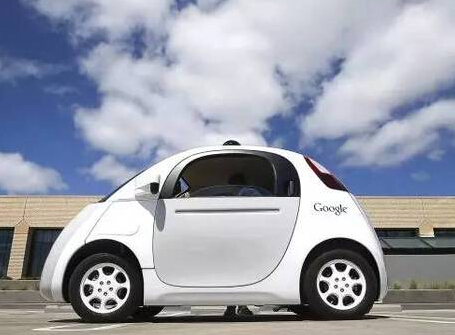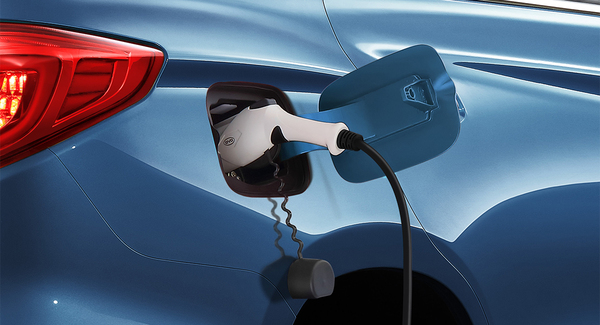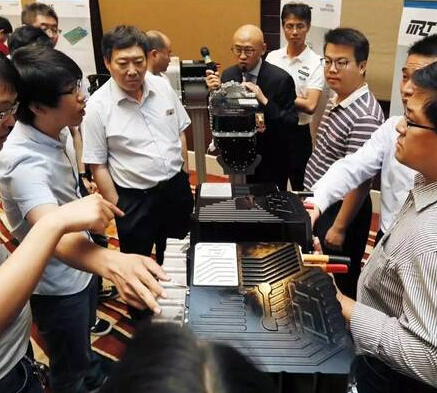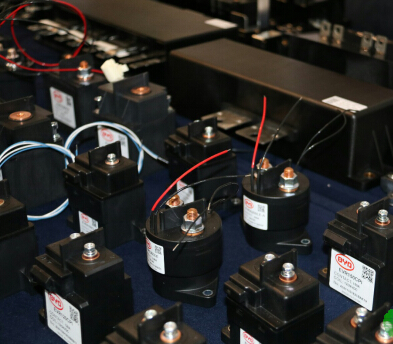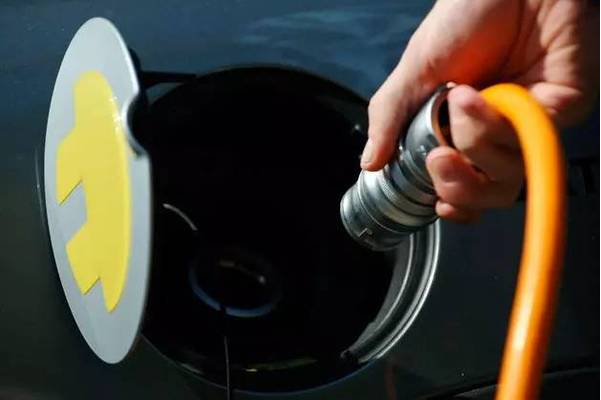According to the statistics of many related institutions at home and abroad, the self-ignition probability of electric vehicles is lower than that of fuel vehicles, so everyone should not worry too much about the safety of electric vehicles.


But this does not mean that we can take it lightly. A firefighter who participated in the self-ignition accident rescue of electric vehicles once told the electric big coffee. The fire after self-ignition of electric vehicles is more difficult to control than the fuel vehicles, which is easy to cause more serious. Property damage or personal injury. How to prevent self-ignition of electric vehicles is still a knowledge point that many car owners need to learn. Let's teach you a few tricks today.
Beware of damage to the battery pack case
The outer casing is the first line of defense for the battery pack. The investigation of the Weilai ES8 spontaneous combustion incident in Xi'an in April this year showed that the battery case of the car was severely impacted and deformed, eventually causing a short circuit inside the battery pack. In addition, Tesla has also experienced many fires after hitting the vehicle on a global scale.

Therefore, if your car has been dragged or hit, be sure to check the condition of the battery case on the rig at the conditional repair shop. If abnormality is found, repair or replace the battery pack immediately.
Check cell consistency
Battery pack performance is a typical short board effect. Simply put, battery pack charging and discharging efficiency, heat generation, etc. depend on the battery with the worst performance in the battery pack, which is why the current car companies emphasize battery packs. Core consistency.

The consistency of electric vehicle batteries is generally high at the factory, but as the number of charging and discharging and the number of years of use increase, the batteries of different performances will decay at different speeds, and the consistency of the battery pack will also decrease. . The battery with the worst performance will directly lead to an increase in the internal resistance of the battery, which is more likely to generate heat during charging and discharging. Therefore, the check of cell consistency is also one of the items that cannot be ignored in summer. It is recommended that you regularly go to the 4S shop or an organization with relevant testing qualifications to check the cell consistency of the car to ensure that the battery will not cause heat and more serious accidents due to inconsistent cells during charging and discharging.
Avoid overcharging
After the Weilai ES8 Shanghai spontaneous combustion incident in May this year, Weilai limited the charge of all connected vehicles to 90%. In this regard, Wei Lai explained that the probability of battery pack failure in the state of long-term high power will increase. "Electric Big Coffee" further learned that when the ternary lithium battery is overcharged, it will form lithium dendrites near the negative electrode. This kind of material can break through the positive and negative diaphragms inside the battery core, causing short-circuit fire.

Therefore, when using the car in summer, everyone should try to avoid charging and overshooting for a long time. If everyone's car can set the charge limit, it can be set to 90% like Wei's. If you don't have this feature, choose a suitable time to charge and try to avoid charging your car for a long time.
Careful circuit aging
The self-ignition of fuel vehicles is mostly caused by the aging of electrical and oil lines, and electric vehicles also have such hidden dangers. At the same time, the high temperature and high humidity environment in summer will also accelerate the corrosion of metal parts. Therefore, it is best for you to check the harness status in the engine compartment from time to time, especially the joint position.

Since there are many high-voltage lines inside the electric vehicle, and the electrical system is more complicated than the fuel vehicle, if you find that the wiring harness inside the car has rust and mildew, you must go to the 4S shop for repair in time, and do not handle it without authorization. accident.
Cautiously passing through the water section
In summer, there are not only unbearable high temperatures, but also the south is often accompanied by more rain. It is inevitable that everyone will encounter some water sections when driving out. The fuel car engine may enter the water pocket when it encounters the water surface, while the electric vehicle wading is at risk of shorting the battery water. Most of the battery packs for electric vehicles today are IP67-rated, but if they are older, the waterproof performance of the battery pack may be reduced.

At the same time, the battery pack's reduced water resistance is not as easy to detect as the casing is damaged and the battery performance is degraded. If it is an older electric car, try to avoid passing through the water. If you must pass, you must get off the bus to check the water depth, flow rate, flow direction, and the bottom of the water to ensure that there is no danger to pass. If the accumulated water exceeds the warning depth on the model manual, it is recommended that you still give up the idea of wading.
















 RCCN WeChat QrCode
RCCN WeChat QrCode Mobile WebSite
Mobile WebSite